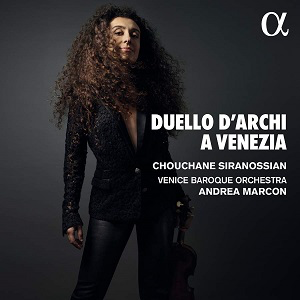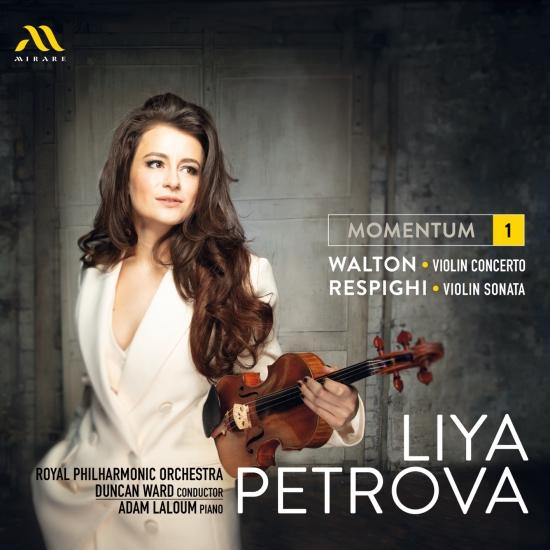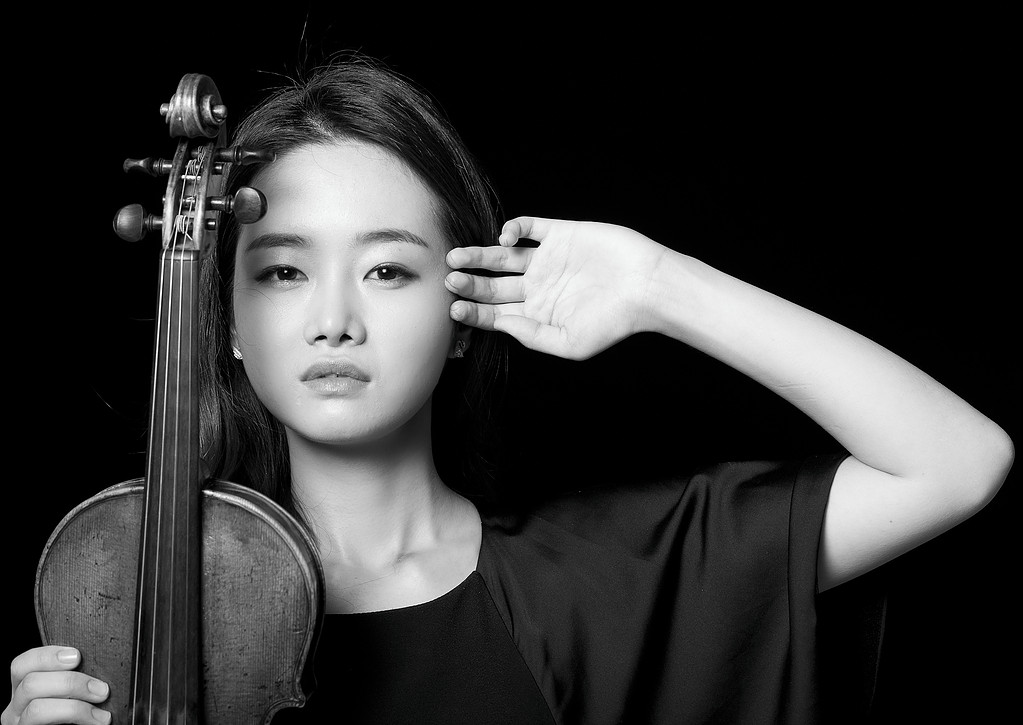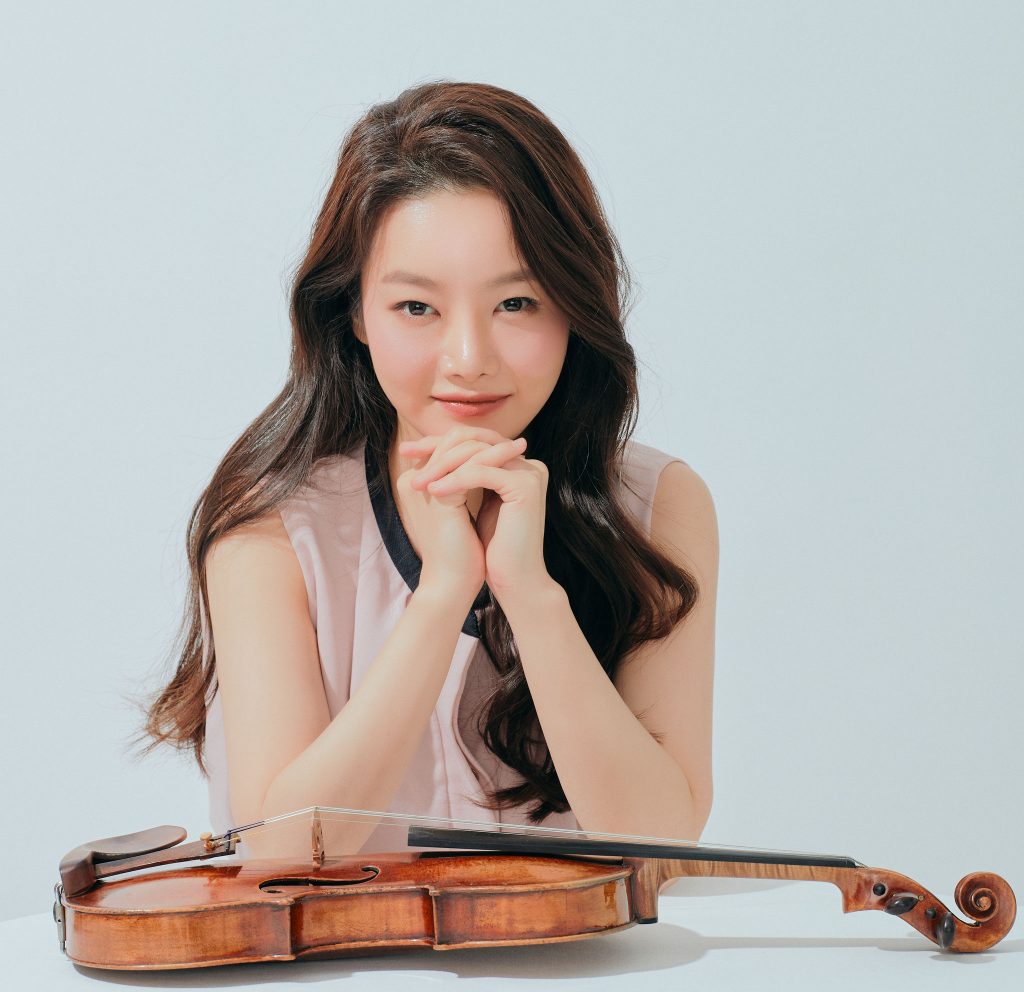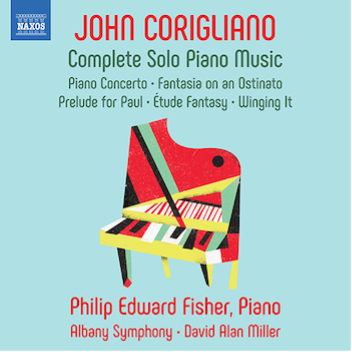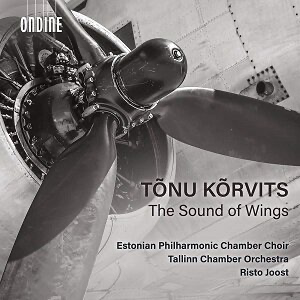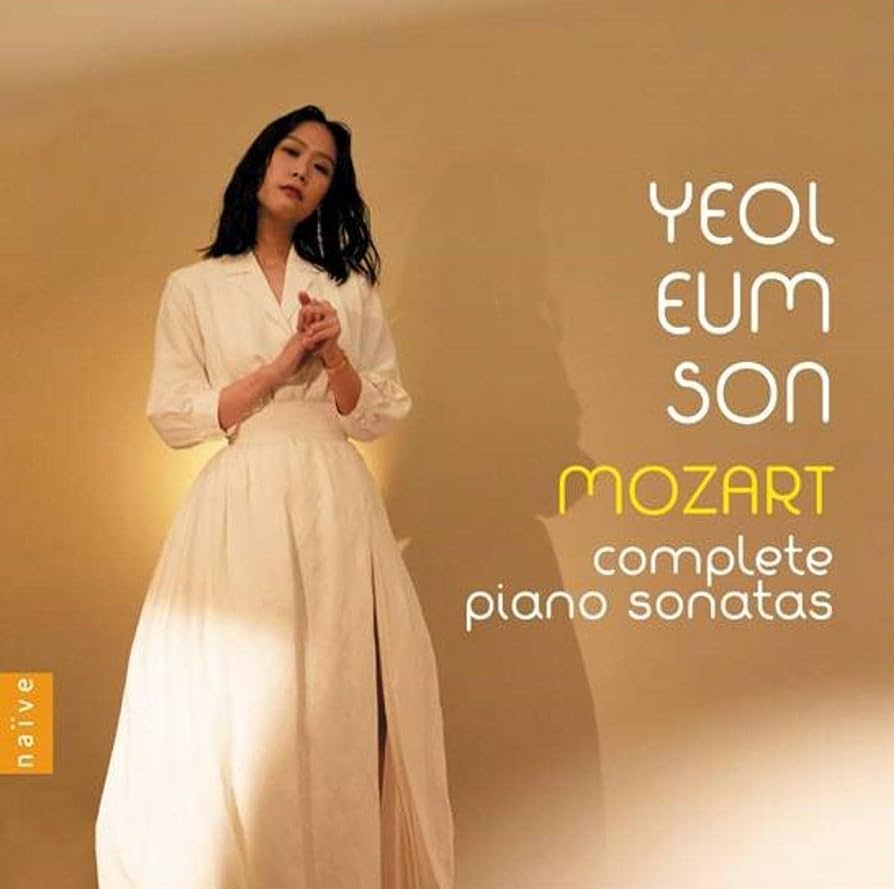DUELLO D’ARCHI A VENEZIA
A Harmonious Clash of Baroque Virtuosity
Don Roberts, November 2023
In the rich tapestry of Baroque music, the violin emerged as a stellar instrument, capturing hearts with its virtuosic displays and emotive capabilities. The album “Duello d’archi a Venezia” presents a captivating journey through the works of four remarkable violinist-composers from the early 18th century. Chouchane Siranossian, accompanied by the Venice Baroque Orchestra under the direction of Andrea Marcon, leads listeners into the enchanting world of Vivaldi, Locatelli, Veracini, and Tartini, delivering a performance that masterfully showcases the evolution of the solo concerto.
The album opens with Antonio Vivaldi’s “Il grosso Mogul,” an early exemplar of virtuosity. This concerto shines as a prime showcase of Vivaldi’s technical prowess and innovation. Chouchane Siranossian’s rendering captures the flamboyance of the composer’s writing, with her violin dancing effortlessly through intricate double stopping and lightning-fast passages. The Venice Baroque Orchestra’s accompaniment, led by Marcon, provides a solid foundation, allowing Siranossian to take center stage.
Pietro Antonio Locatelli’s works, including his Op. 3 concertos, reveal a composer who bridges the gap between technical brilliance and expressiveness. Siranossian’s approach highlights the balance between the dazzling solo passages and the extended cadenzas, or capricci, which she navigates with finesse. The concerto’s captivating slow movements reveal a more introspective side of Locatelli’s composition, and Siranossian’s sensitive phrasing and ornamentation breathe life into these moments.
Francesco Maria Veracini’s “Concerto a 8 stromenti in D” offers a grandeur akin to Vivaldi’s concerti a molti stromenti. Here, Siranossian’s violin competes for attention with pairs of trumpets and oboes, creating a vibrant interplay. Her virtuosity blends seamlessly with the orchestra’s energetic accompaniment, resulting in a dynamic performance that encapsulates Veracini’s bold compositional style.
The album concludes with Giuseppe Tartini’s violin concerto in F, offering a departure from the flamboyant virtuosity found in the previous works. Tartini’s compositional approach prioritizes expressive depth over technical display, and Siranossian adeptly captures the introspective nature of this piece. Her nuanced interpretation breathes life into the intricate ornamentation and lyrical lines, inviting listeners into Tartini’s world of emotion and sensitivity.
Throughout “Duello d’archi a Venezia,” Chouchane Siranossian’s playing captivates with its technical precision, emotional depth, and vivid storytelling. Her ability to navigate the varying styles of these four violinist-composers is a testament to her artistry and understanding of the Baroque idiom. The collaboration with the Venice Baroque Orchestra, led by Andrea Marcon, is seamless, allowing for a dialogue between soloist and ensemble that enhances the music’s impact.
The album’s meticulous liner notes by Olivier Fourès provide historical context and insights into each composer’s work, enriching the listening experience. However, a minor error in the list of performers should have been addressed in proofreading.
“Duello d’archi a Venezia” offers a compelling journey through the evolution of the Baroque violin concerto, showcasing the technical brilliance and expressive depth of four outstanding composer-performers. Chouchane Siranossian’s virtuosity, combined with the Venice Baroque Orchestra’s artistry, makes this album a must-listen for enthusiasts of the Baroque era and beyond.
